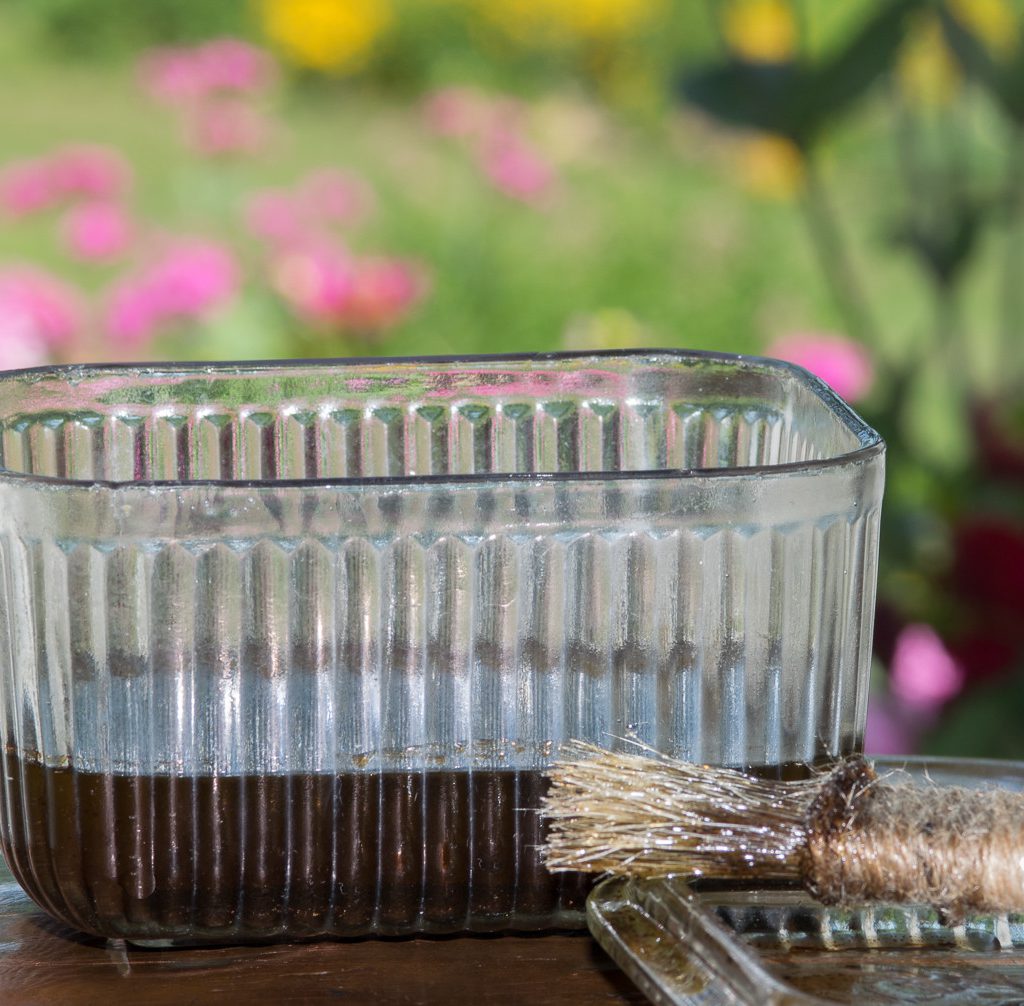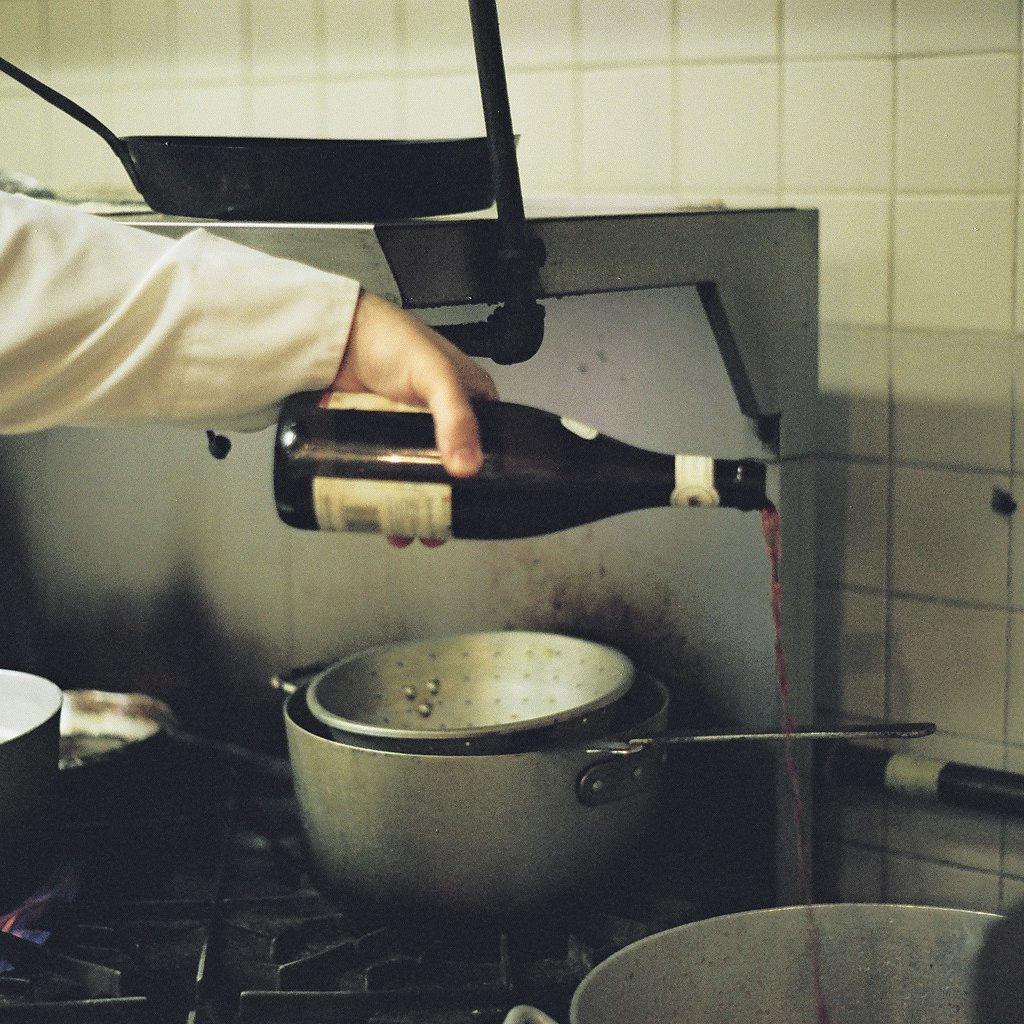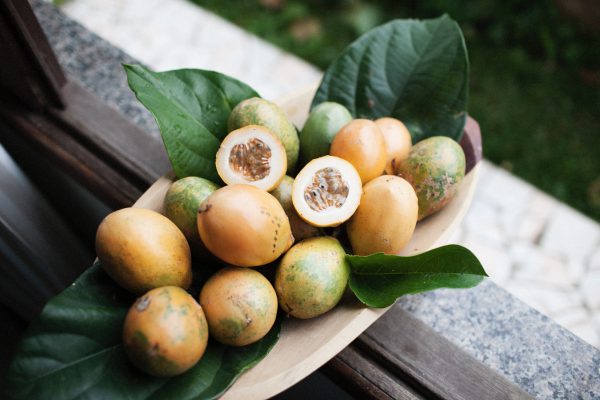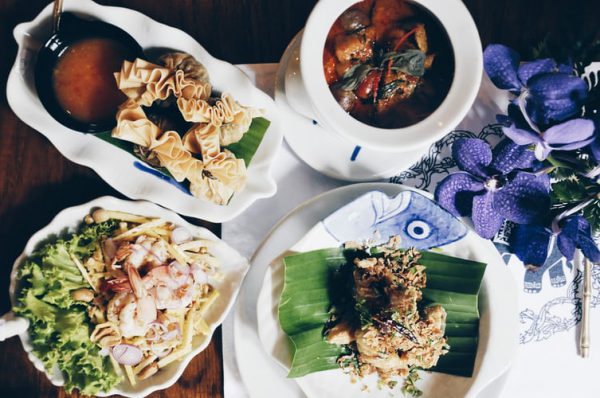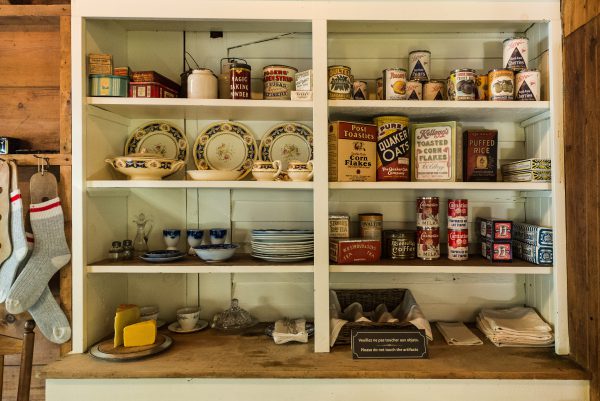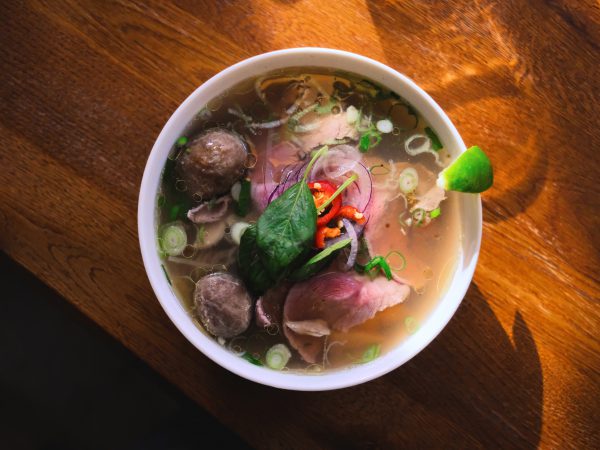Last Updated on December 23, 2022
Although it may sound a bit intimidating and fancy, cooking with wine is a surprisingly simple way of serving an unforgettable dish. The pleasant smell of a dish simmered in wine evokes a whole range of emotions even in the timidest of eaters.
Today, we’ll share all the golden rules for you to follow in order to be more comfortable with this method and create your own unique harmony.
Wine and Cooking
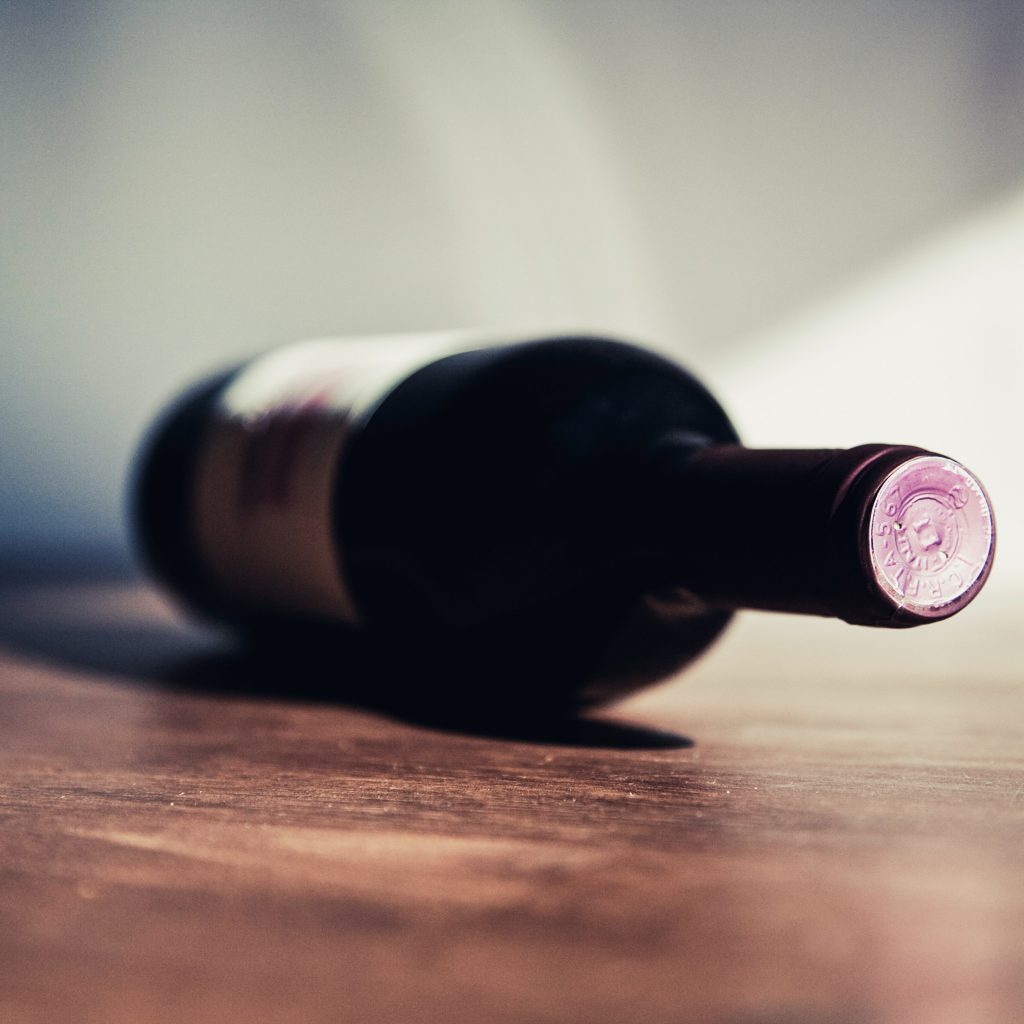
Those who cultivate the art of cooking know that wine has many roles in the kitchen. When used in a marinade, it makes the meat wonderfully tender and gives it a potent aroma. This is why it can replace a broth or deglaze the ingredients when making different sauces.
But how do you know which wines you should cook with? The short answer is: you shouldn’t cook with wines you wouldn’t drink. As wine reduces through cooking, it gets more concentrated, so low-quality wine will only get worse. But on the other hand, you lose most of the nuance of any wine you cook with, so if you only drink expensive wine, using it in your cooking would be a bit of a waste.
Let’s see how you can choose the perfect cooking wine and avoid low-quality wines.
The Importance of Wine Quality When Cooking

In ancient Rome, wine was known as the nectar of the gods. But when you visit the wine aisle at your grocery store, you’ll see that there are many tiers to this nectar, and it’s sometimes hard to pick and choose when you’re looking for a bottle to cook with.
To prepare a good sauce, you obviously have to start the recipe with a bottle of good wine. By good, we don’t mean expensive, but a wine whose quality is satisfactory.
The first thing you should know about wine cooking is that the alcohol — not all of it, but a significant portion — evaporates in the process of cooking. Another thing that quickly evaporates is the water content in the wine. This leaves you with that concentrated wine flavor.
If you use low-grade or faulty wine — a wine that contains unpleasant characteristics resulting from the way it was made and/or stored — the faults tend to intensify while the fragile elements evaporate. That’s why poor quality wine will affect the taste of the dish.
So, how to tell the quality of the wine? Most of the characteristic faults directly affect the quality of a bottle of wine and are easy to spot, as you’ll see in more detail below.
One rule of thumb is to cook only using a wine you would drink yourself. But this doesn’t mean you should use a bottle of grand cru or an exceptional vintage wine for your recipe, as they would lose all their fineness anyway. A decent quality wine goes a long way to cook with. So, how do you distinguish between a defective bottle of wine and a good wine?
How to Spot Wine Faults?
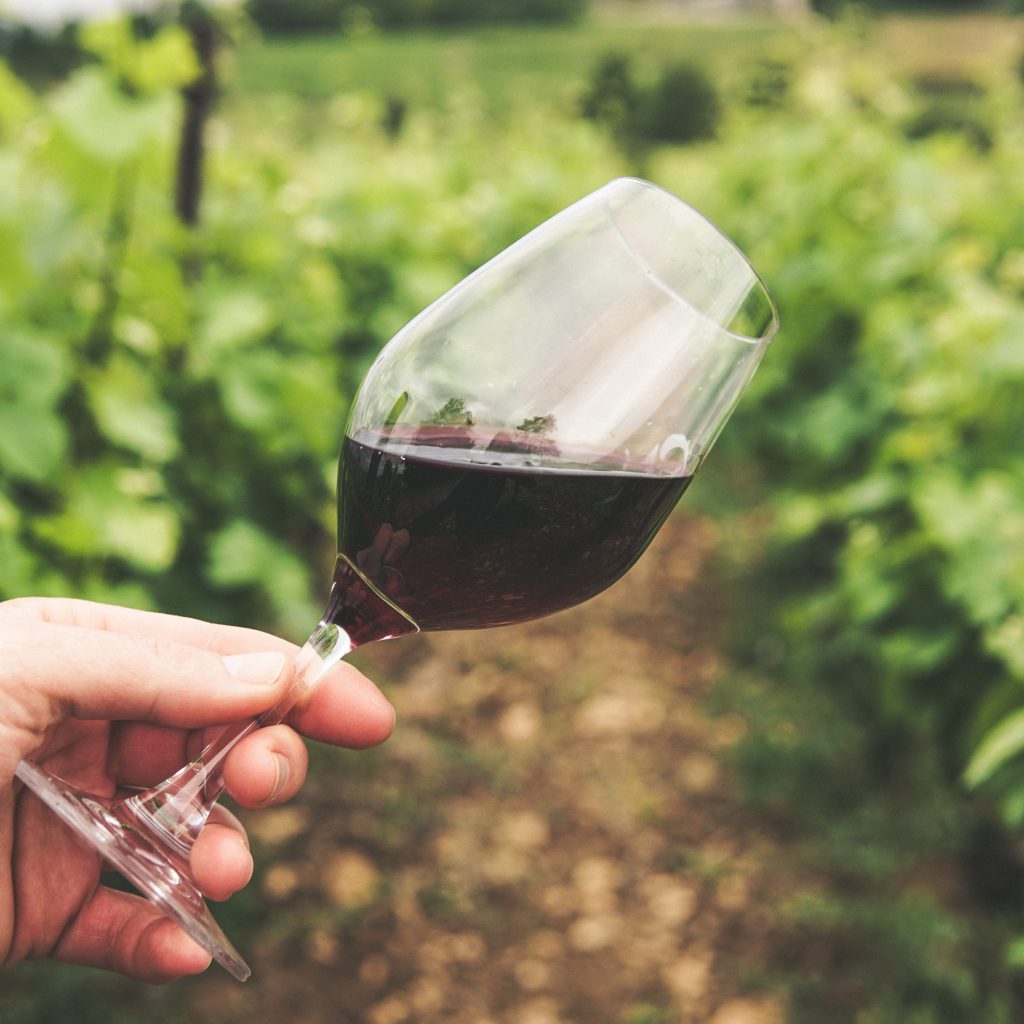
The faults, or taste impurities, often result from several reasons such as oxidation, cork taint, the emergence of sulfur compounds, secondary fermentation, heat damage, light damage, and microbial taint. But it might be hard to spot the difference if you don’t taste wine regularly. Here we’ll give you several rules of thumb on how to make sure your wine is in good condition.
Oxidation
Oxidation happens when the wine is exposed to too much oxygen. When this happens, the wine loses its vivid color and flavor. A deep red turns into a brownish color, and the wine develops a vinegarish, ciderish taste.
Second Fermentation
If there are bubbles in your non-sparkling wine, it means that a second fermentation is underway. Sure, wine is made by fermenting grape juice, but when the fermentative bacteria finish the sugar in the grapes, they start to decompose the wine itself. Sometimes the fermentation process is interrupted on purpose to make sweet wine, such as the Portuguese porto. When the bacteria starts to decompose your already fully-fermented wine, you’ll notice a yeasty smell.
Cork Taint
The cork is supposed to keep the wine safe from external contaminants. But sometimes, some of them find their way into the bottle, typically through the cork. Cork taint is also known as 2,4,6-Trichloroanisole (TCA), a fungal metabolite that produces an unpleasant moldy odor.
Sulfur Compounds
Small amounts of sulfur are added to almost every wine to stabilize it, i.e., to protect the wine from browning. However, different sulfur components can also be present if the fermentation process has been interrupted. These components cause a smoky odor and you can get rid of them by decanting the wine — transferring the wine slowly and tediously to another bottle or container, keeping the sediment at the bottom of the bottle undisturbed. This is how you can get rid of the sulfuric taste and odor to some extent.
Microbial Taint
And lastly, apart from yeast, there are many other microorganisms involved in the fermentation process. This is something we want but in only small amounts. In some cases, some colonies dominate the ecosystem either before or after the fermentation, causing a microbial taint that leads the wine to develop some other unpleasant aromas. You often encounter it in homemade wines.
Exposure to Heat and Light
Last but not least, too much exposure to heat and light can damage the wine. Heat damage compromises the seal of the bottle, causing the alcohol to evaporate and letting other guests in. When that happens, the wine starts to smell sort of sweet. The light damage can compromise delicate wines like Pinot Grigio or Champagne. The UV in the sunlight damages the components of the wine, causing an unpleasant moist smell.
What Happens When You Add Alcohol to Your Food?

Alcohol allows aroma molecules to disperse and combines all flavors together. That’s why, on top of adding an accent to the base flavor, wine also enhances the original flavor of the food.
Alcohol molecules are volatile, they evaporate very quickly up into the air. For example, if you open up a bottle of whiskey, you can smell it on the other side of the room almost instantly. That’s because alcohol carries the aromas through the air. This is also the reason why we swirl wine before we smell it.
When you add alcohol, it bonds with the food molecules and carries them up in the air and into our noses. Since we detect aromas through our noses, this can enhance the overall flavor of what you’re having.
Also, alcohol bonds different molecules, such as fat and water together and helps your food emulsify with different flavors.
How to Cook With Wine
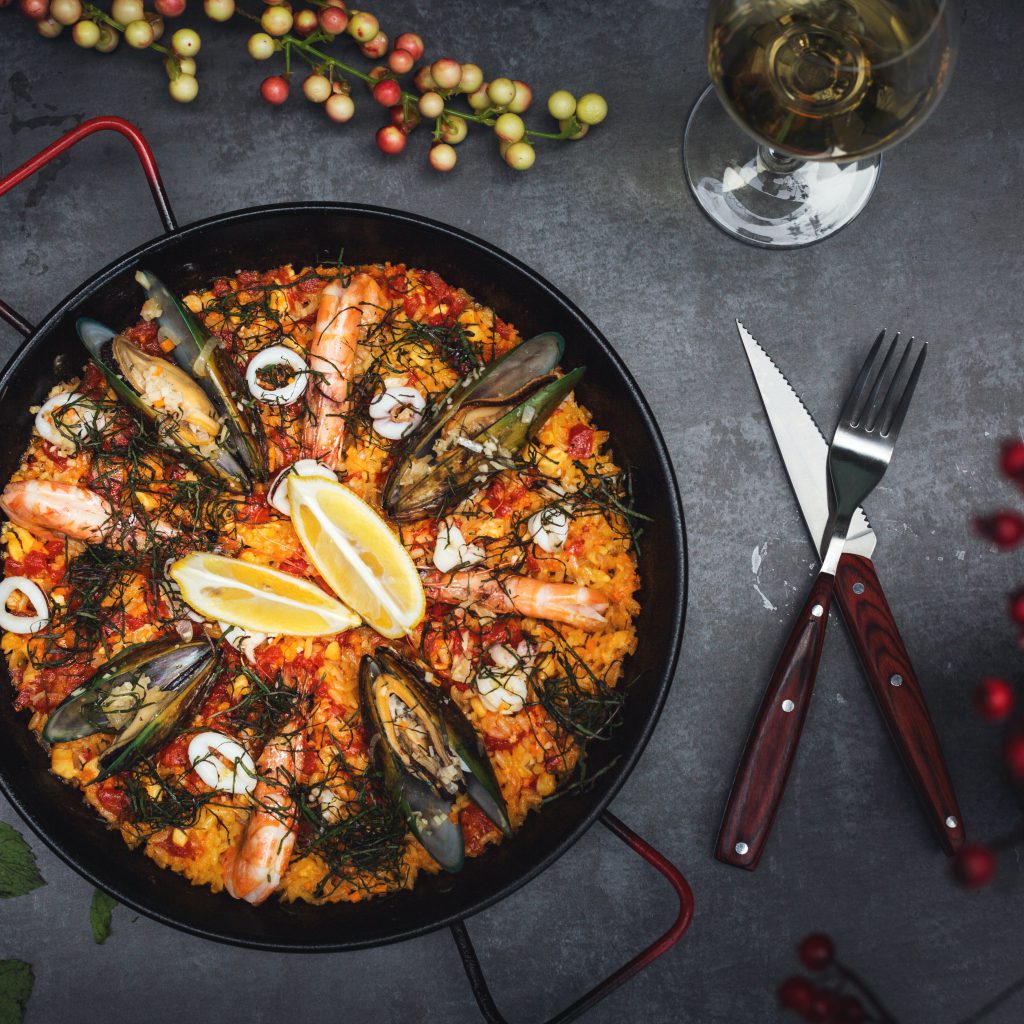
As with any other seasoning, condiment, or spice, there is a sweet spot when it comes to the amount of wine you should add to your food. Too little will be imperceptible, and too much will be overwhelming. But when you do it just right, you can enhance and intensify the flavor of your dish. The golden rule is not to mask the original flavor of your food.
There are 3 main uses of wine in the kitchen:
- Wine as an ingredient in your marinades
- As a cooking liquid
- As a condiment to your finished dish
Marinating With Wine
A good marinade can create truly amazing flavors while tenderizing the meat. There are 4 pillars to making a great marinade: acids, fats, spices, and herbs. And wine takes care of the acidity. However, there is a trick to marinating with wine you may not have heard of. Using uncooked wine to marinate meat is actually a mispractice, even though it’s often advised by cookbooks and pro chefs.
The thing is that when you put the meat in alcohol, you actually cook the surface of the meat, which in turn prevents the meat from absorbing the marinade.
If you want to make a good marinade with wine, you need to cook and saute the wine with aromatics and whole spices before you add the meat, making sure you get rid of every last bit of alcohol in the process.
Red wines and red meat is a classic combination. If you’re marinating beef, you can use the same wine that you would serve with the finished dish. A cabernet sauvignon, merlot, or zinfandel all pair well with red meat. You can also use a blend of cabernet and syrah.
For chicken and fish, go for dry white wines. Viura, chenin blanc, chardonnay, or viognier go well with chicken, while pinot gris, colombard, verdicchio, vinho verde, and picpoul de pinet are great with fish and seafood.
Wine as a Cooking Liquid
You can also add wine to your dishes as a cooking liquid, on its own or with water and broth. If you do it right, you shouldn’t be able to taste the alcohol when your dish is done. That doesn’t mean all the alcohol has evaporated, as up to 5% of alcohol still remains in a dish that’s simmered for 2 hours. But you’re unlikely to get tipsy on that amount of alcohol, and it’s more than enough to intensify the overall aroma of the dish by carrying other aroma molecules into your nose.
Cooking wine allows its base flavors to come forward. This way, all the flavors and aromas in the wine emulsify with the other ingredients in the dish.
When you simmer wine with the ingredients, it also bonds different molecules together, like fat and water. Because some of our aroma receptors only respond to molecules that can be dissolved by fats, this adds a whole new aroma profile to the dish.
Typically, dry white wine is used for cooking light dishes like pork, veal, chicken, seafood, soups, shellfish, and vegetables. You can use chardonnay, chenin blanc, viognier, or viura for white meat, gravies, and cream sauces.
For shellfish and seafood, try a dry, crisp white wine like a bottle of pinot gris, colombard, verdicchio, picpoul de pinet, or vinho verde.
Dry herbal wines are great with vegetables. For a veggie stew you can use a verdejo, grüner veltliner, or sauvignon blanc.
And for sauces, go for dry red wines.
Wine as a Condiment
Just like soy sauce or balsamic vinegar, wine contains a nice acidity that can be used as a condiment for a cooked dish. You simply sprinkle some wine over your plate to enhance its aroma. For example, sauvignon blanc complements food with lots of spices, heavy garlic, and seafood. For meats like duck, chicken, turkey, or lamb, you can use a merlot and stick with cabernet sauvignon with beef and tomato sauces.
Over and Out!
Some people love to cook with wine. Some even add it to their food! Jokes aside, reduced wine is full of flavors that can complement your dish. Wine also adds acidity to the foods, imparting a little umami taste. In this post, we described how it works and which wines pair well with your dishes. Now it’s your time to experiment in the kitchen and come up with your staple marinade recipe!


